
Harry Hosono recruited keyboardist Ryuichi Sakamoto and drummer Yukihiro Takahashi to record a quickie cover of the 1950s exotica tune ‘Firecracker’. The trio quickly became superstars in Japan, and influential elsewhere. The austere electronica of Kraftwerk was a major influence, but the three members of Yellow Magic Orchestra brought a wide range of ideas into their music. Classical music, traditional Asian sounds, The Beatles, and arcade game tunes were all part of Yellow Magic Orchestra’s DNA, while their goofy personalities were far removed from Kraftwerk’s robotic image.
All three members of YMO were already prominent musicians in Japan when they joined forces, making Yellow Magic Orchestra effectively a supergroup. The trio continued successful solo careers before, during, and after the band – Sakamoto has become an acclaimed film composer, while it’s worth tracking down records like Takahashi’s Neuromantic and Hosono’s Paraiso. YMO are not included in the canon-defining book 1001 Albums You Must Hear Before You Die, nor do they feature on Rolling Stone’s best album of all time lists – I only caught up with them relatively recently, but they’re clearly a key band in the evolution of popular music, and they released a string of impressive albums.
The band have reconvened sporadically, including a 1993 comeback album but all these tunes come from their 1978-1984 original tenure. With Sakamoto diagnosed with stage four cancer, and recently performing his “possibly last” concert, here’s a look back at the trio’s most beloved work.
10 Best Yellow Magic Orchestra Songs

#10 Tong Poo
written by Ryuichi Sakamoto, from Yellow Magic Orchestra (1978)
Yellow Magic Orchestra’s debut album features their most Asian textures and sounds. It’s Sakamoto’s only tune on the debut – it was inspired by Chinese classical music and the Chinese cultural revolution. Sakamoto wanted to write something that he could envision the Beijing Symphony Orchestra playing.
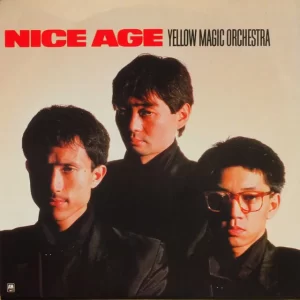
#9 Nice Age
written by Chris Mosdell, Yukihiro Takahashi, and Ryuichi Sakamoto, from X∞Multiplies (1980)
1980’s X∞Multiplies is a confusing release – its twelve tracks are divided between songs (including a cover of ‘Tighten Up’) and skits that poke fun at Japanese stereotypes. ‘Nice Age’ is a band original that’s close to the sound of American new wave bands like The Cars, with a heavier guitar presence than most Yellow Magic Orchestra songs.
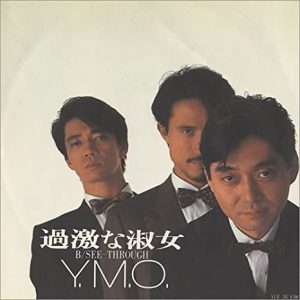
#8 Kageki na Shukujo
written by Takashi Matsumoto and Yellow Magic Orchestra, non-album single (1983)
‘Kageki Na Shukujo’ belongs to the band’s Naughty Boys era, with the mainstream synth-pop sound of their other 1983 and 1984 recordings. Its title means ‘Radical Lady’ – the lyrics were written by Takashi Matsumoto, who played with Hosono in his earlier band Happy End.

#7 Lotus Love
written by Harry Hosono, from Naughty Boys (1983)
Yellow Magic Orchestra took 1982 off to work on solo projects – notably, Sakamoto scored and starred in Merry Christmas, Mr. Lawrence, alongside David Bowie. When YMO reconvened, they were less experimental and more catchy. Hosono’s ‘Lotus Love’ combines the synth-pop sound of Naughty Boys with his exotica leanings. It works, it’s both textural and tuneful.
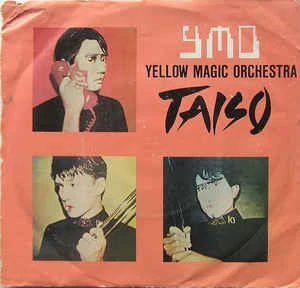
#6 Taiso
written by Yellow Magic Orchestra, from Technodelic (1981)
Yellow Magic Orchestra released two strong albums in 1981. The second of these, Technodelic, features some of the band’s most pioneering work, with its heavy use of samples and loops. ‘Taiso’ was the album’s single, its most accessible track with a riff inspired by John Cage’s prepared piano pieces. There are rumours circulating that the music video was directed by Talking Heads, but it seems like hearsay, perhaps based on its resemblance to the iconic video for ‘Once in a Lifetime’.

#5 Rydeen
written by Yukihiro Takahashi, from Solid State Survivor (1978)
Most of my favourite Yellow Magic Orchestra songs, on the top half of this list, are instrumental, or semi-instrumental. Despite the lack of vocals, ‘Rydeen’ is infectiously hummable, structured like a verse/chorus song. Often the band’s synth textures are stronger than their vocals.
#4 Firecracker
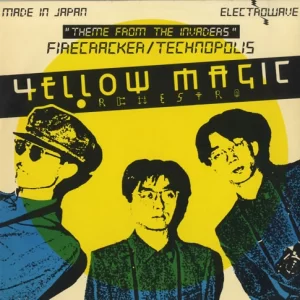
written by Martin Denny and YMO, from Yellow Magic Orchestra (1978)
After a bad drug experience, Hosono underwent a severe panic attack. As part of his rehabilitation, he listened to calming music, including the exotica of Martin Denny. He dabbled with exotica on his subsequent solo records but had the idea of reworking Denny’s song ‘Firecracker’ with a disco beat, conjecturing that it would sell four million copies. He recruited Takahashi and Sakamoto, forming Yellow Magic Orchestra – originally a quick side-project, the collective became wildly popular in Japan and internationally influential. It also started a feud between two American pop stars…..
Yellow Magic Orchestra’s version of the song is infamous for being the catalyst of a feud between American pop singers Mariah Carey and Jennifer Lopez in 2000. Carey had planned to sample the recording for her song ‘Loverboy’, off her album Glitter. A month after she obtained the rights to the sample, Lopez used the same sample for her song ‘I’m Real’ off the album ‘J.Lo’, effectively stealing her idea. Since Carey’s album was to be released a month after Lopez’s, she reluctantly decided to change the sample to one from ‘Candy’ by American funk band Cameo.
https://yellow-magic-orchestra.fandom.com/wiki/Firecracker

#3 Behind the Mask
written by Chris Mosdell and Ryuichi Sakamoto, from Solid State Survivor (1980)
‘Behind the Mask’ is arguably Yellow Magic Orchestra’s best-known track, but it could have been much, much bigger. Michael Jackson wished to record a cover (with additional lyrics) for his mega-selling album Thriller, but despite the agreement of the song’s writers, legal issues with YMO’s management prevented its inclusion. It was also covered by keyboardist Greg Phillinganes (who played on Thriller), Eric Clapton, and The Human League. YMO’s record featured gated reverb on the snare drum, two years before Peter Gabriel’s ‘Intruder’ – a sound that would later define 1980s pop music.
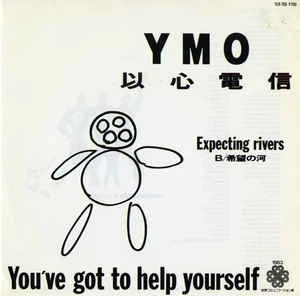
#2 You’ve Got To Help Yourself
written by YMO and Peter Barakan, from Service (1984)
Curiously, ‘You’ve Got To Help Yourself’ first appeared as a brief instrumental snippet on 1983’s Naughty Boys. The full version was later released as a single before it was included on 1984’s Service. The band were asked to write a theme for the United Nations’ World Communication Year – Hosono’s lyrics poked fun at charity songs.
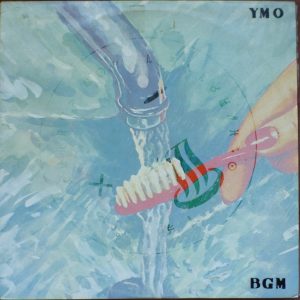
#1 1000 Knives
written by Ryuichi Sakamoto, from BGM (1981)
Due to tensions with Hosono, Sakamoto was often absent from the recording sessions for 1981’s BGM. One of his contributions to the record was ‘1000 Knives’, originally the title track to a 1978 solo record. YMO’s reworking is more electronic than Sakamoto’s jazzy original, but it still feels like a jazz piece- a repeated main theme punctuated by solos. It’s named after Henri Michaux’s description of the feeling of using mescaline in Miserable Miracle.
Did I miss your favourite Yellow Magic Orchestra song?
Read More
16 Comments
Leave a Reply
About
Aphoristic Album Reviews is almost entirely written by one person. It features album reviews and blog posts across a growing spectrum of popular music.
Review Pages
Read about the discographies of musical acts from the 1960s to the present day. Browse this site's review archives or enjoy these random selections:
Blog Posts
I add new blog posts to this website every week. Browse the archives or enjoy these random selections:



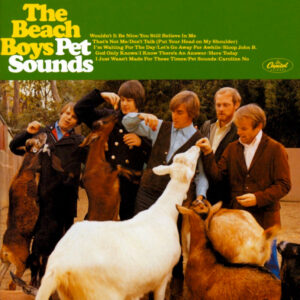
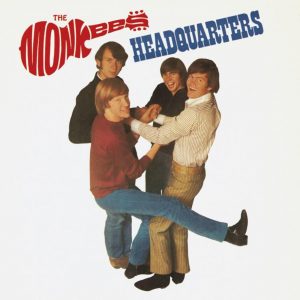
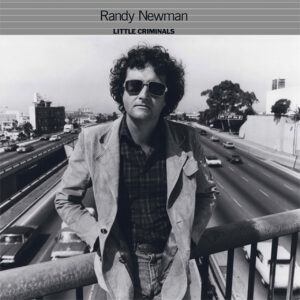

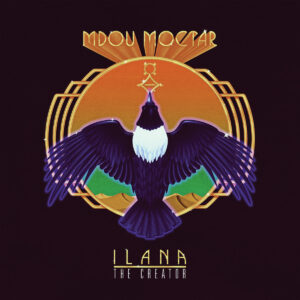
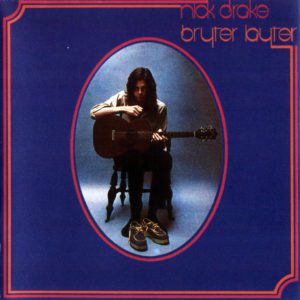








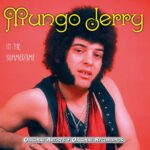


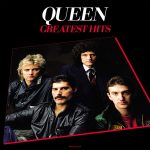
Don’t forget Greg Phillinganes’ cover of ‘Behind The Mask’… Came out a few years before the Clapton one.
Actually, the one I’m talking about is the fourth one on your Spotlfy list. Except it was longer. It was called Long Version or 12 inch Version or something. I can’t stand the way Spotify doesn’t give the English spelling of the titles but only the Japanese. As if everybody in the world understands Japanese writing. It’s so stupid because there’s absolutely no way to talk about the song because you don’t even know what it is. If someone asked you what the name of the song is all you could do is try to describe what the symbols look like. Lmao
It was a bit of a pain to find everything on my playlist in Japanese. It would be helpful if Spotify provided alternate titles for every song in the user’s native language.
I don’t know why Spotify don’t give the non-japanese titles because the artists themselves give them. Or they can at least spell out the Japanese words phonetically in the regular alphabet.
Thank you – I added that to the article. I remember talking to you about YMO’s gated reverb on the snare a few years back too.
Very 80s… I do hear the Kraftwerk influence in there. I saw a few clips of them live…what a setup they had with the keyboard. It’s not up my alley but a very talented band…I would say progressive?
Proto-1980s for sure – like Bowie’s late 1970s stuff and Peter Gabriel’s 3 album and a few others, they helped map out where the 1980s would go.
I forgot about the Clapton cover until I looked it up today. I could see that.
I used to have the one with Computer Game on it and I think it was the long 12-inch version. It might have been a compilation or else I just had the 12-inch single, I can’t remember. It had a weird picture of a Geisha on the cover. And it sounded like Kraftwerk.
That one song was inspired by the Cultural Revolution? I sure hope they were against it. About 25 million people were killed!!!!
I’m sure they were! My wife has a family heirloom (a hairbrush set) gifted from Chiang Kai-Shek.
What do you mean? Your wife’s family knew Chang Kai-shek??
Yup, my wife’s grandad was high up in big oil and knew people. Partied with Idi Amin too.
Yup, got repackaged as Computer Game/Firework.
Yeah. The one I had was just called Computer Game but it was actually Firecracker with a little intro called Computer game. It didn’t say firecracker anywhere.
Yet another act I’ve never heard of…